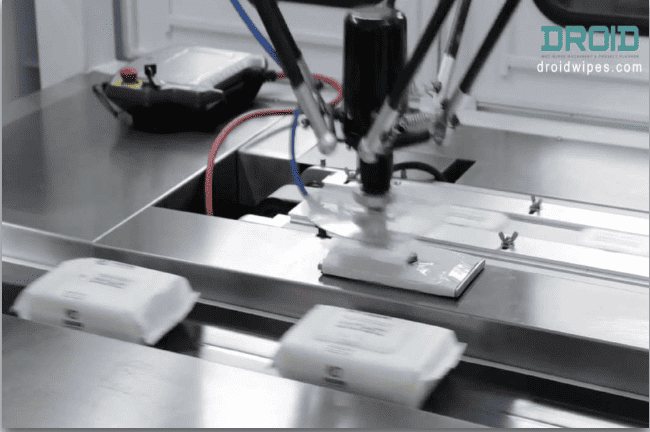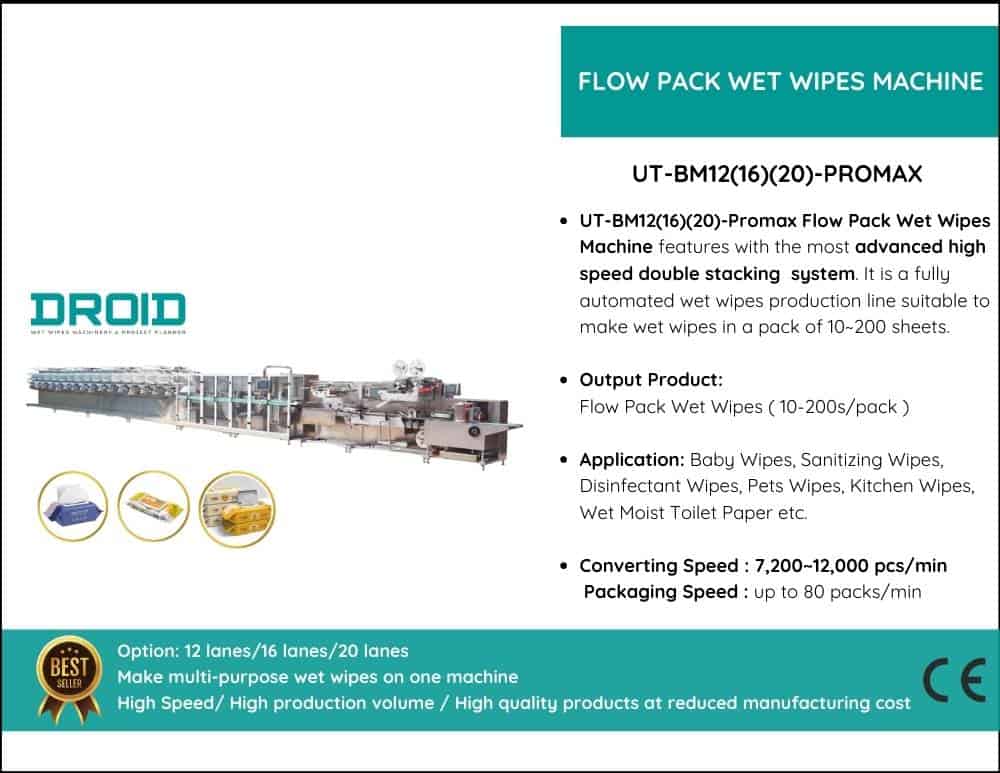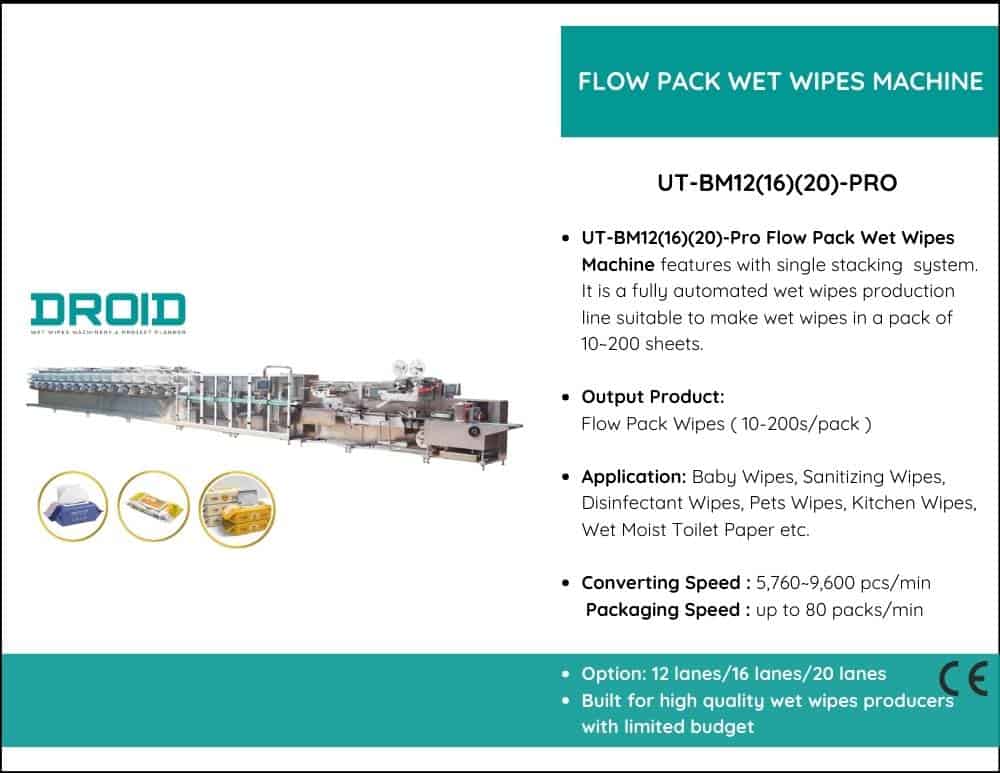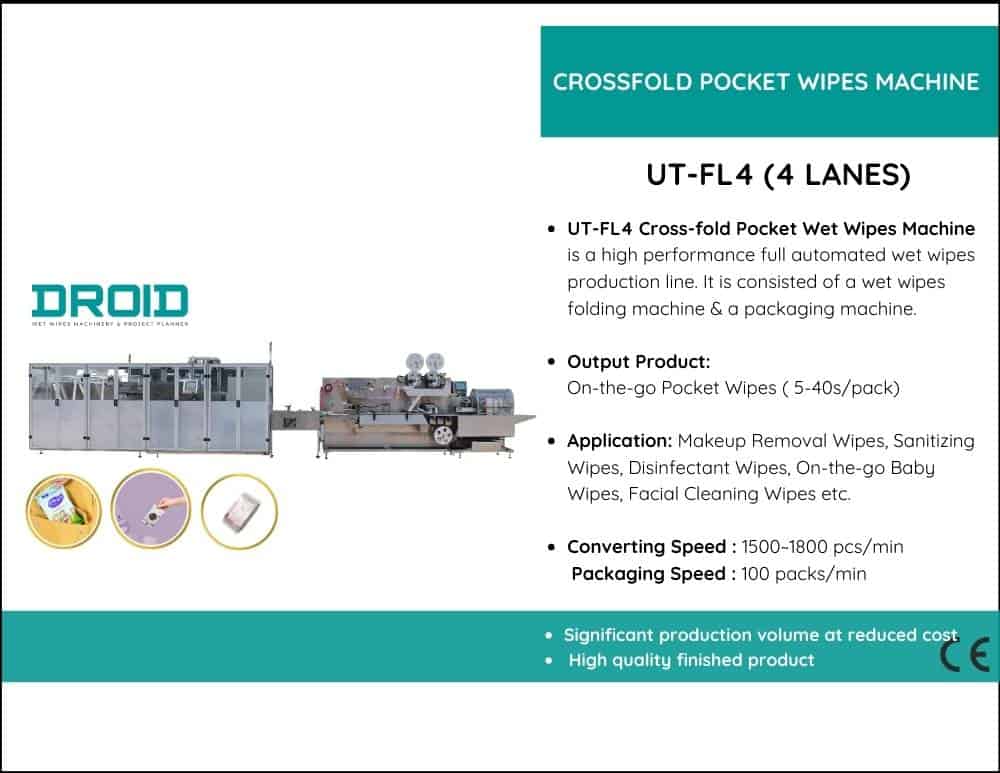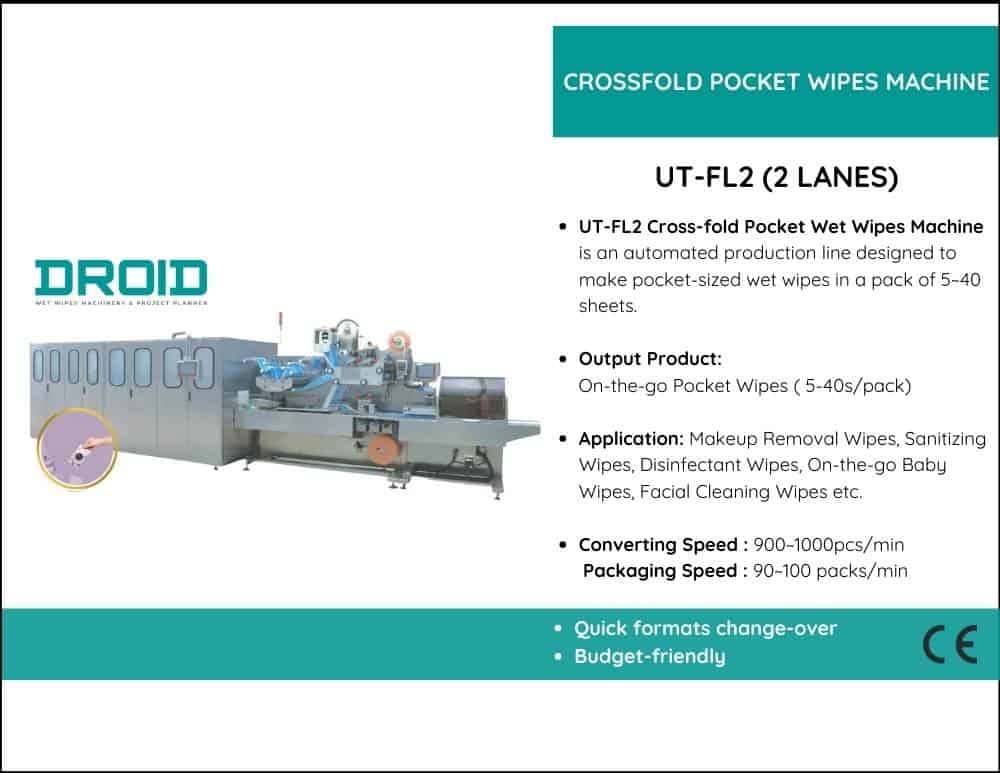General-purpose machine oils
Shafts, bearings, and other light-to-medium-load components often employ them. They promote smooth motion, reduce friction, and keep components cool. They are a suitable option for basic lubricating requirements in various areas of a wet wipes machine since they are readily accessible and straightforward to apply. Always make sure the viscosity you choose is appropriate for the load and operating speed of your machine.
Grease-based lubricants
For components that are subjected to high pressure, including gears and heavy-load chains, grease is necessary. Even with frequent usage, it remains in place longer and adheres to surfaces more effectively than oil. Additionally, grease offers a robust defense against moisture and dust, extending the equipment’s lifespan. To prevent excessive accumulation that might result in blockage, it should be administered gently.
Food-grade lubricants
Food-grade lubricants are often needed for making wipes for personal hygiene or personal care applications. These specialty lubricants are designed to lessen the possibility of contamination if they come into unintentional contact with the product. They are crucial for guaranteeing product safety and adherence to industry rules as they fulfill stringent safety criteria.
High-temperature lubricants
High-temperature lubricants are necessary for parts that are subjected to high working temperatures, such as certain motors or gearboxes. Even when the machine warms up during continuous, high-speed manufacturing, these lubricants continue to provide protection. In difficult production conditions, using them helps eliminate unplanned downtime, minimize component wear, and prevent failures.
Synthetic lubricants
Synthetic lubricants function very well in harsh environments and with long between-application intervals. They are perfect for high-speed, contemporary wet wipes machines because of their exceptional resistance to oxidation and heat deterioration. Despite being more costly, they may drastically lower the frequency of maintenance and ongoing operational expenses.


